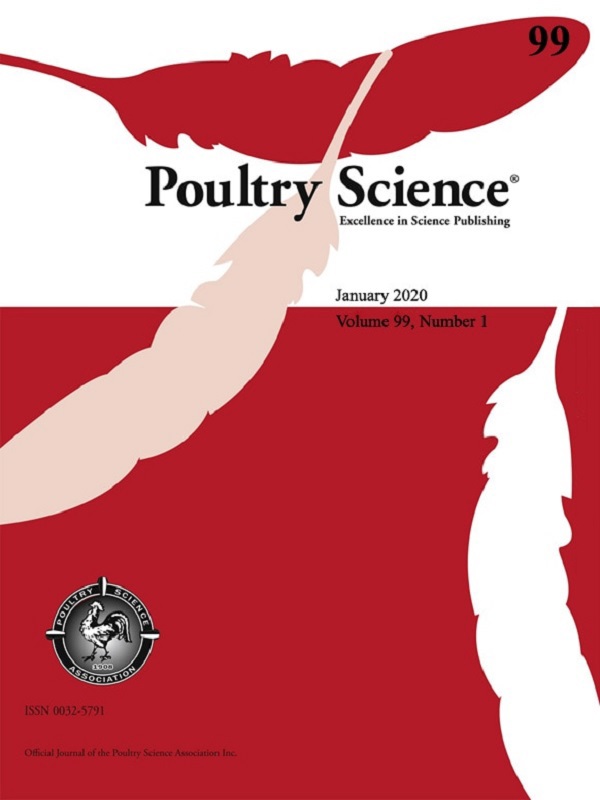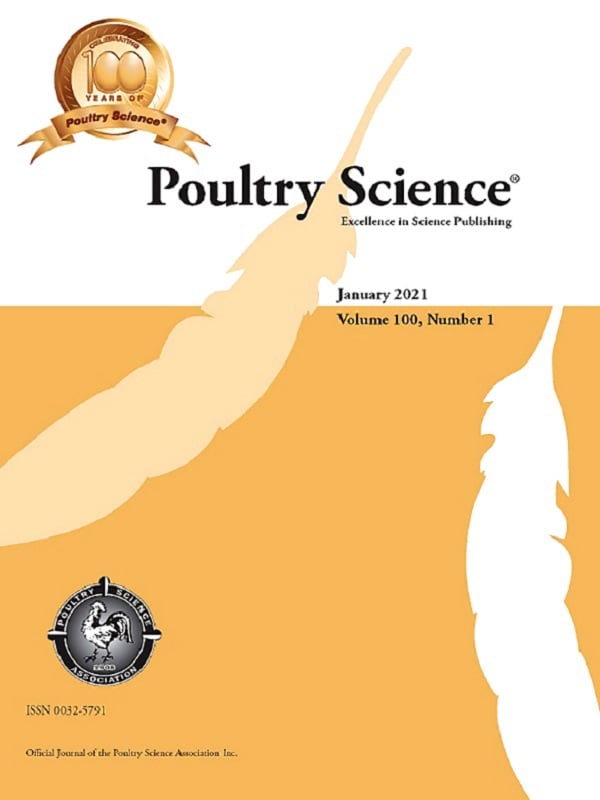
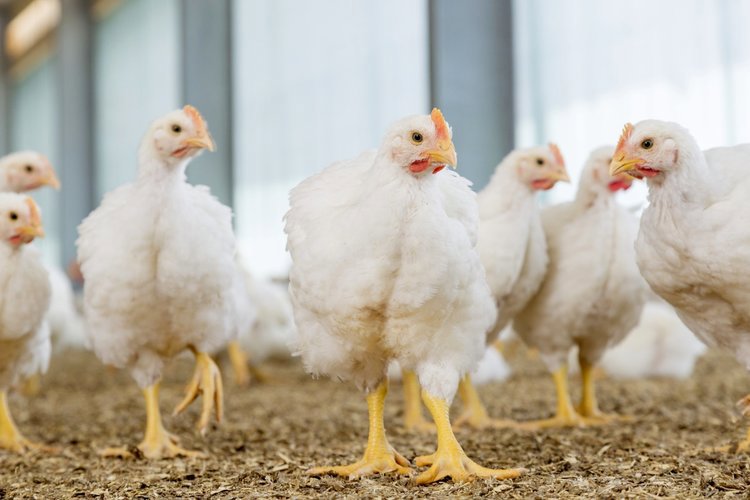
Reducing the use of antibiotics
As consumers become more aware of the risks of antimicrobial resistance – the number one global public health issues of our time – we are seeing an increasing demand for antibiotic-free broiler meat.
Reducing reliance on antimicrobial agents is essential to successfully tackling the challenge of antimicrobial resistance, ensuring antibiotics remain effective when needed to support both broilers and human health.
At Trouw Nutrition, we designed our Antibiotic Reduction Program to support producers in reducing reliance on antibiotics without compromising on efficiency and productivity.
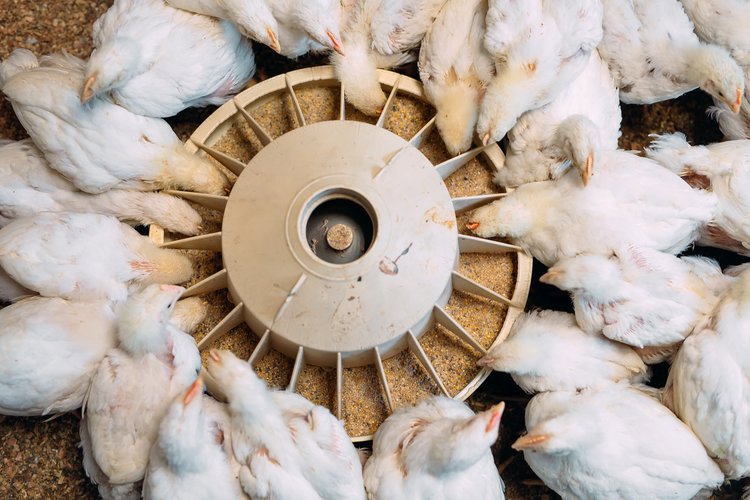
Improving broiler performance
When an animal can be fed efficiently while maintaining good health, this positively impacts both performance and profitability. Since feed costs make up most of a livestock farmer’s total costs, ensuring optimum nutrient intake that translates to growth is crucial. Nutrient losses for other physiological processes has a significant impact on production efficiency.
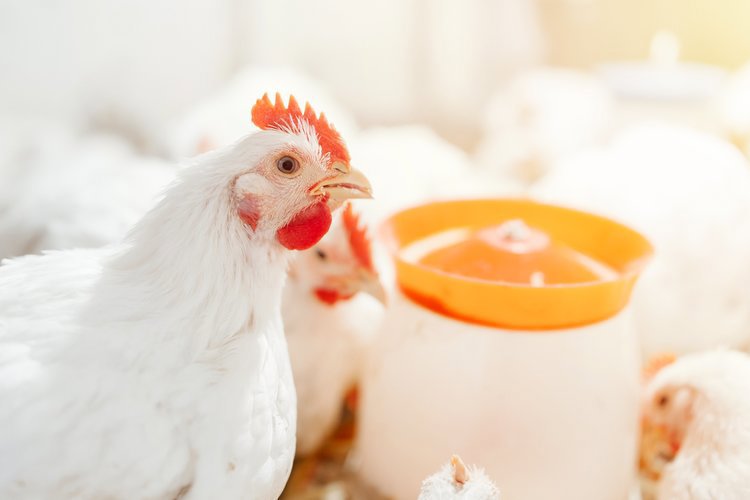
Broiler feed and water management
Water is the most important nutrient for broilers. The nutritional quality of feed, its safety and delivery form all play a crucial role in ensuring a healthy and regulated feed intake. Excellent microbial and chemical quality in water is important as broilers consume twice as much water as feed. Water is a key factor in thermoregulation and as a carrier for additives, such as medication, supplements, etc.



